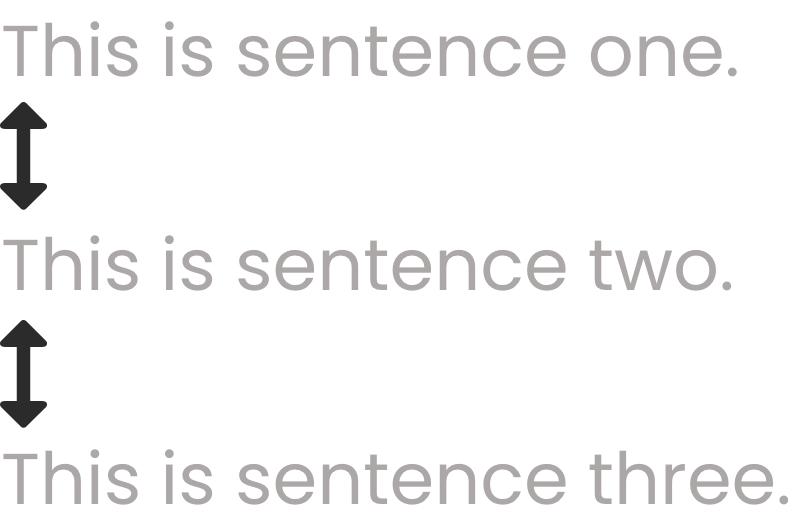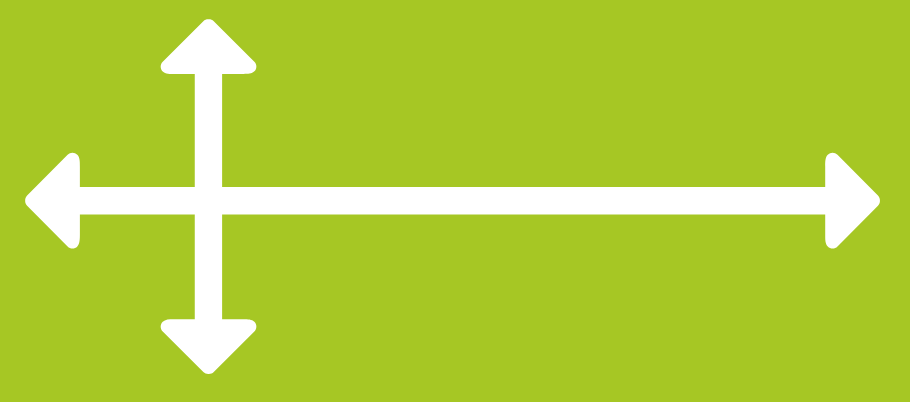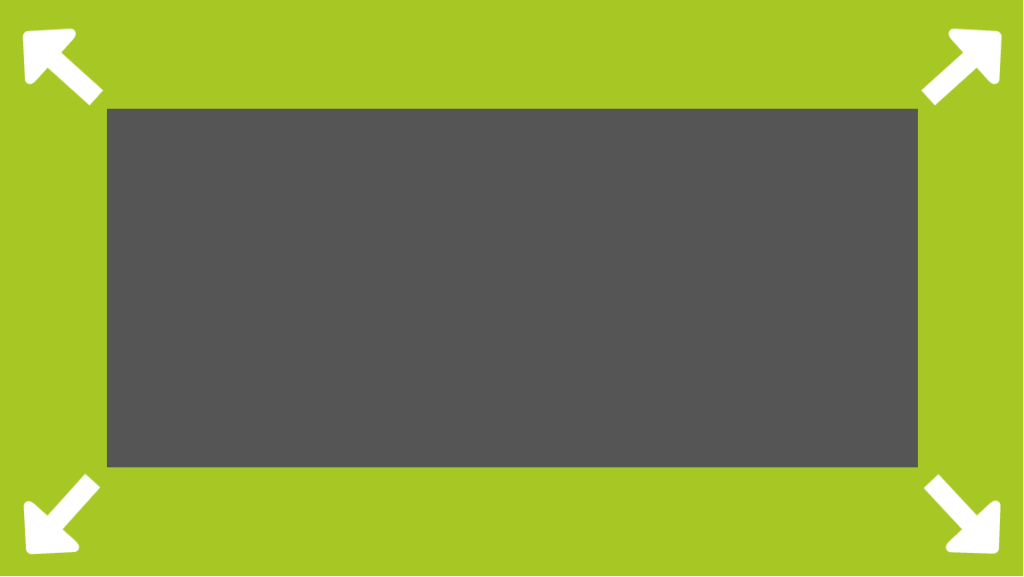CSS Basics for Designers: 5 Terms to Learn
1. em
Similar to the concept of vectors in the design world.
An em is a relative unit of measurement. It is better than using pixels (px), because it adapts based on the screen’s size.
Similar to the way that you can create a vector graphic and scale it up or down to whatever size you need, without losing quality or crispness.
Example use: font-size: 1.2em;
2. line-height
Also known as leading in the design world.

Example use: line-height: 3.2em;
3. letter-spacing
Also known as tracking in the design world.

Example use: letter-spacing: 2.5em;
4. padding
The space within an element.

Example use: padding: 8%; which is also the same thing as using: padding-bottom: 8%; padding-left: 8%; padding-right: 8%; padding-top: 8%;
5. margin
The space around an element.

Example use: margin: 5%; which is also the same thing as using: margin-bottom: 5%; margin-left: 5%; margin-right: 5%; margin-top: 5%;
- Originally posted on
Latest Posts
Want More?
Sign up for the email list for free tutorials, cool tools, and DIY web tips!
Table of Contents
Save or share this post
Leave a comment
You might also like...

Rachel Zampino
Website Wizard
Hi! I’m Rachel Zampino, freelance WordPress developer and digital designer. Here to share all my web knowledge and tips with you.
If you enjoyed this post, consider buying me a coffee to show your support — or hire me to build you a website that you’ll be proud to show off!


1 comment
It’s not my first time to go to see this website, i
am browsing this site dailly and take nice data from here every day.